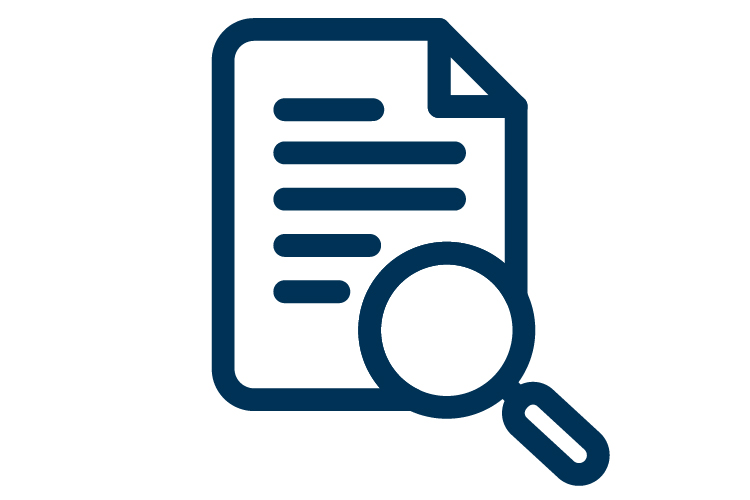How Educators in Ohio Are Helping New Fathers Learn to Manage Family Finances
A new baby means new financial responsibilities. A program in Ohio is helping new fathers and fathers-to-be create a more promising future for their families by teaching them how to navigate the realities of everyday financial life for a family.
The program, which began in 2015, offers the FDIC’s Money Smart financial education curriculum to all fathers who enroll in the NBNF program. The financial education workshops help with practical tools for personal finance, including budgeting, saving, building or improving credit, and the basics of banking. The program uses five Money Smart modules that cover topics such as borrowing, spending and saving money and making the best use of credit. The modules are presented in four, two-hour classroom sessions. The goal is to reach 1,000 Ohio fathers per year.
Susan Colbert, program director at OSU Extension, said, “Through the use of Money Smart for Adults …OSU workshops are helping participants increase their ability to take control of their finances and future.”
Based on reports from financial educators Gloria Anderson and Deborah Carney at the OSU Extension’s Money Smart workshops, Money Smart News offers several tips for financial educators teaching young adults or adults:
Tailor the handouts to meet the participants’ needs. Anderson, in Franklin County, suggested that instead of handing out the FDIC’s full Money Smart Participant Guide, give students a printed copy of the PowerPoint slides, making it easier for them to follow and take notes. And, only distribute handouts for the activities that you plan to use in the training sessions. As another example, Anderson said, “We created in Excel a spending plan worksheet and emailed it to each student along with a budget calendar so all bills can be paid before their due date.
Try to use language that is powerful and memorable. “I use positive four-letter words as I train and coach. Examples include ‘wait,’ ‘save’ and ‘read,’” said Anderson. “I like memorable phrases that summarize key points, like: ‘Pay yourself first is a commitment to yourself. Aren’t you important enough?’”
Prepare for tax time. Include the Internal Revenue Service’s Form W-4 and show fathers how to get their child tax credit throughout the year instead of waiting until tax time.
Emphasize critical thinking, research and alternatives when teaching about borrowing money. Place importance on comparing different options and their costs. Shopping around can help save money.
Consider offering sessions on topics indirectly related to financial education. For example, the NBNF program includes classes on topics from finding and keeping jobs to parenting and conflict resolution. A combination of classes and mentoring is used to teach these subjects.
See more success stories from Money Smart News.
For help or information on how to use the Money Smart curriculum, contact communityaffairs@fdic.gov.
Current and Previous Issues:
Additional Links

Money Smart Alliance
Learn, collaborate and grow with FDIC’s recognized organizations that use Money Smart.

Teacher Online Resource Center
Here you will find tools to help you teach financial education including lesson plans, videos, and other resources

Train-the-Trainer Program
Provides guidance with videos, workshops, and webinars

Training & Events
Announcements of upcoming Money Smart events for Train-the-Trainer and Small Business events


